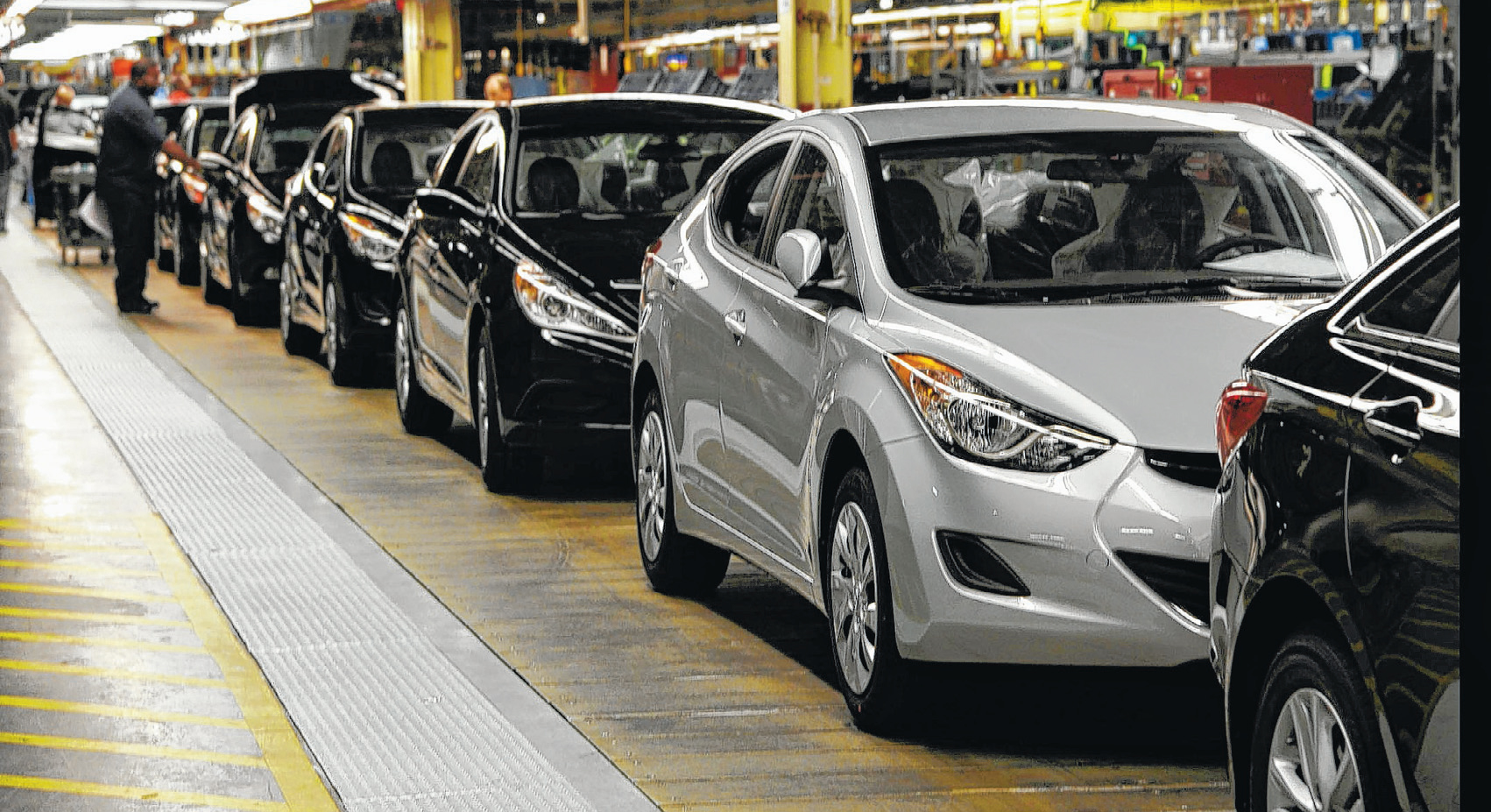Alabama's annual auto production is expected to near 900,000 in the next few years, a mark that could push it into the top three auto-making states in the country.
Currently No. 5, the state's auto industry will get a capacity boost with planned expansions at the plants operated here by Mercedes-Benz and Honda, as the automakers aim to keep pace with projected sales and make room for new additions on their assembly lines.
And Hyundai, while it hasn't announced an expansion, already has surpassed the capacity at its Montgomery factory this year, and growing demand for its vehicles should help that trend continue.
It's a notable turnaround from just two years ago, when Alabama's auto production bottomed out at just under 468,000 in the midst of the global industry downturn.
"It's significant to be No. 5 in the country, but you could potentially be looking at the position of No. 3 or No. 4 in the U.S. in automotive production, which is phenomenal given that it's happened in the last 15 years," said Steve Sewell, executive vice president of the Economic Development Partnership of Alabama and a board member for the Alabama Automotive Manufacturers Association.
Continued boosts in output by the automakers mean continued expansions for suppliers, Sewell said. And, with the strengthening of the Southeast U.S. auto sector, including new assembly plants for Volkswagen in Tennessee and Toyota in Mississippi, there are even more opportunities for Alabama to land suppliers that build components for multiple automakers.
There also are opportunities to gain non-component suppliers, such as those that do equipment maintenance, as the Southeast's critical mass grows. "There are potentially dozens and dozens of companies that aren't in the (Alabama) supply chain but have a capability that's extremely important to the supply chain," Sewell said.
In 1997, Mercedes built its first M-Class SUV in Tuscaloosa County, kicking off the state's auto industry. Annual output rose steadily every year after that, until peaking at 739,019 vehicles in 2007.
Last year, the industry began to rebound, as the factories ramped up production on assembly lines that had been slowed during the slump. Alabama's 2010 auto output reached nearly 698,000, finishing behind Michigan, with 1.6 million; Ohio, 1.1 million; Indiana, 890,000; and Kentucky, 739,000, according to numbers from the Automotive News Data Center.
So far this year, the state industry has produced more than 677,000 vehicles, the data shows, meaning it should surpass last year's mark by the end of this month. Hyundai alone produced more than 317,000 vehicles through November, already topping its announced annual capacity of 300,000 vehicles.
Demand is high for its Alabama-made Sonata sedan and Elantra compact, both fuel-efficient, economical models that have been a hit with cost-conscious buyers. Meanwhile, demand also is rising for the luxury SUVs built by Mercedes-Benz in Alabama. The automaker has made a series of recent announcements about additional investment and new model launches for the Vance plant, including a capacity expansion as the C-Class sedan and an unnamed fi fth model join the current lineup by 2015.

